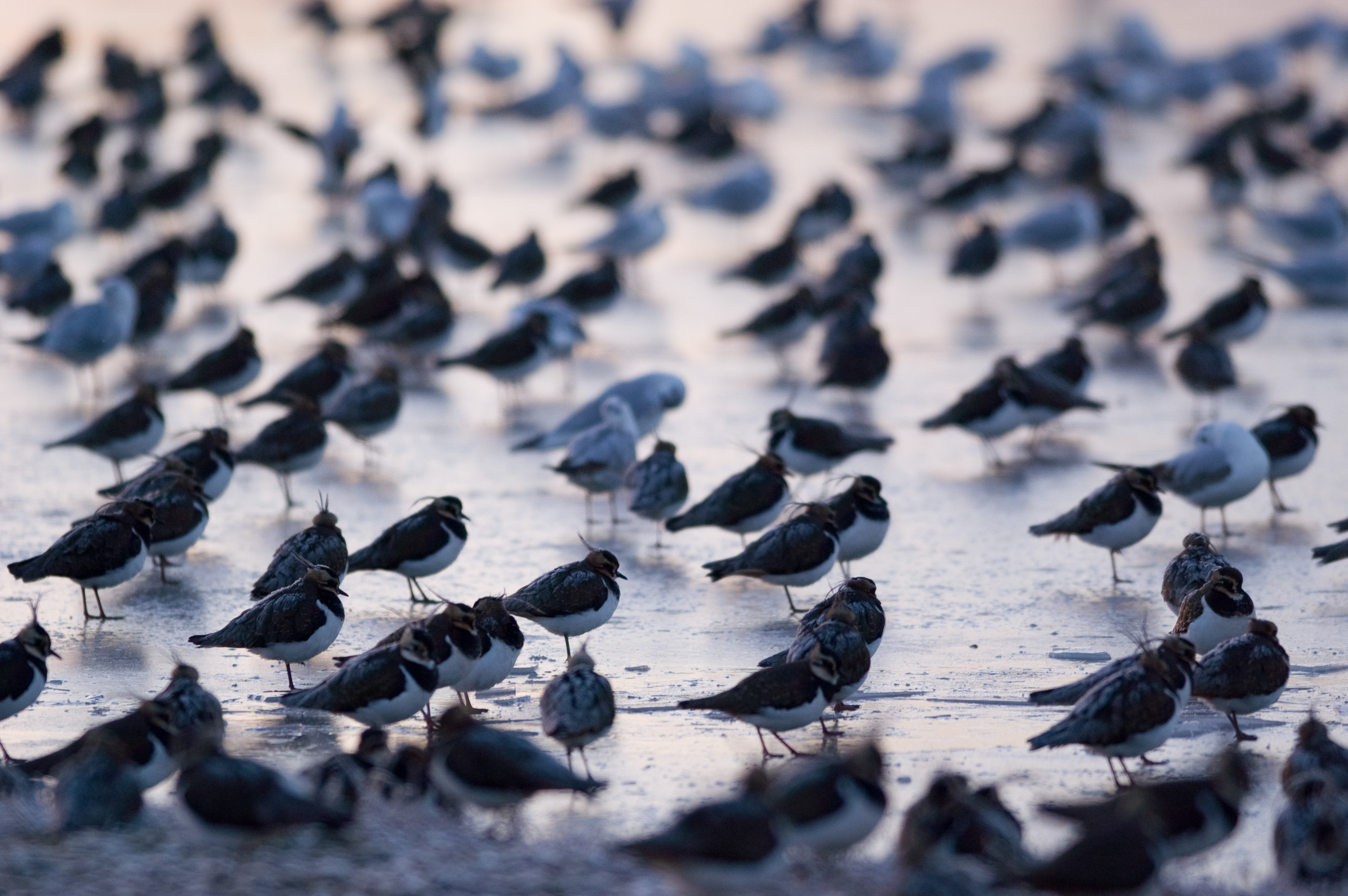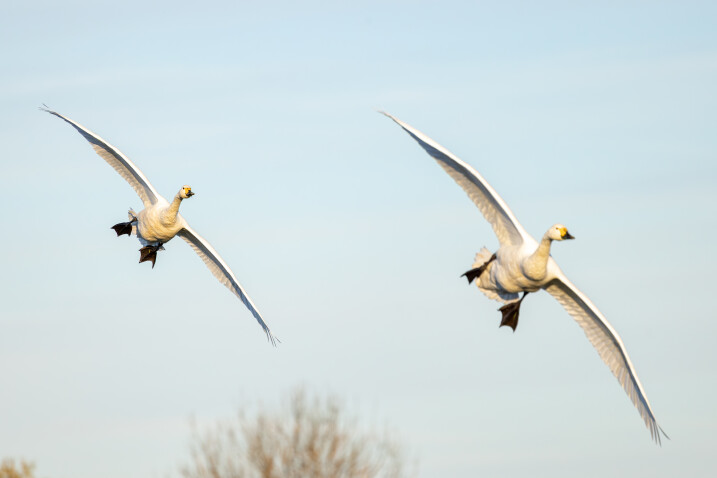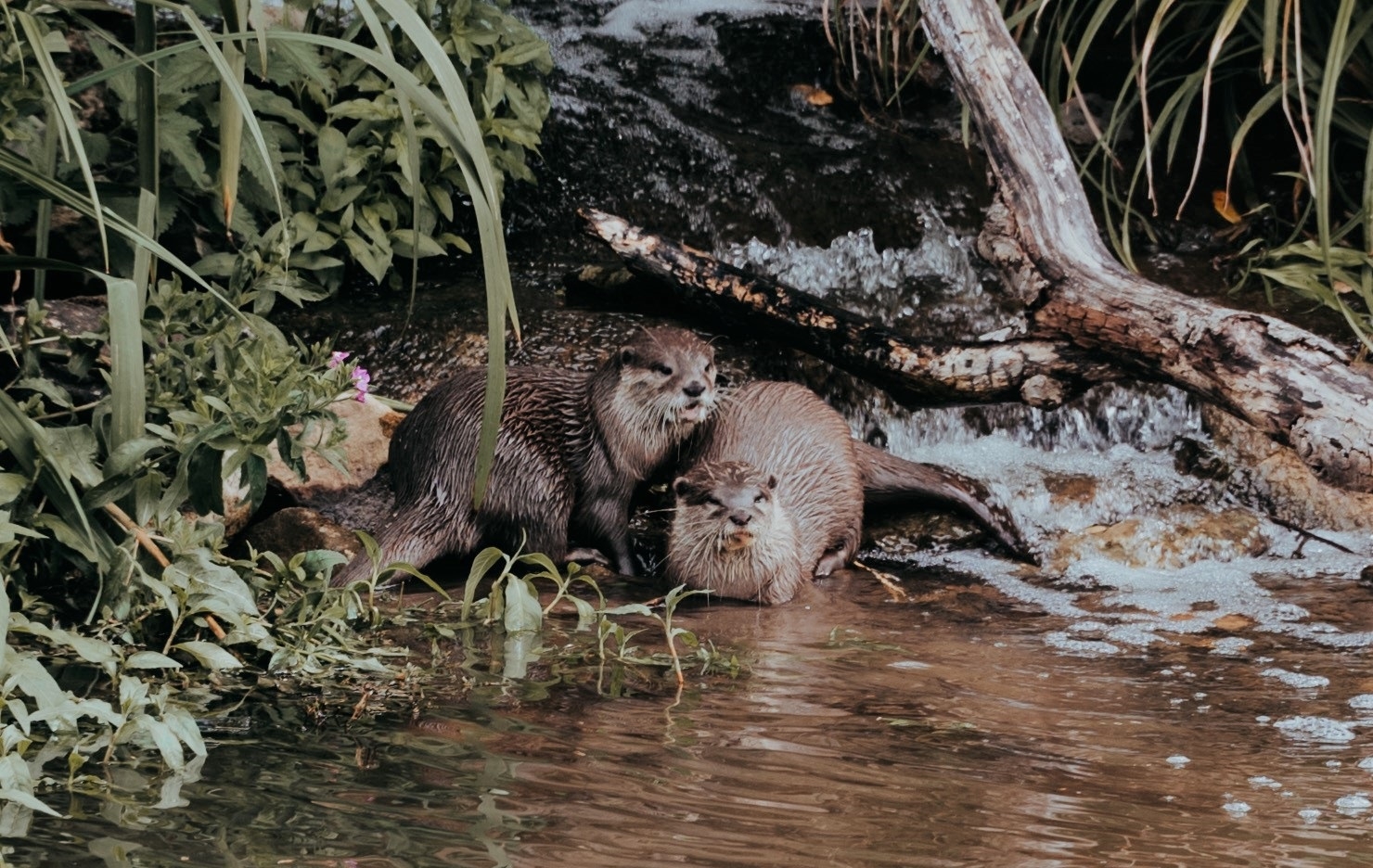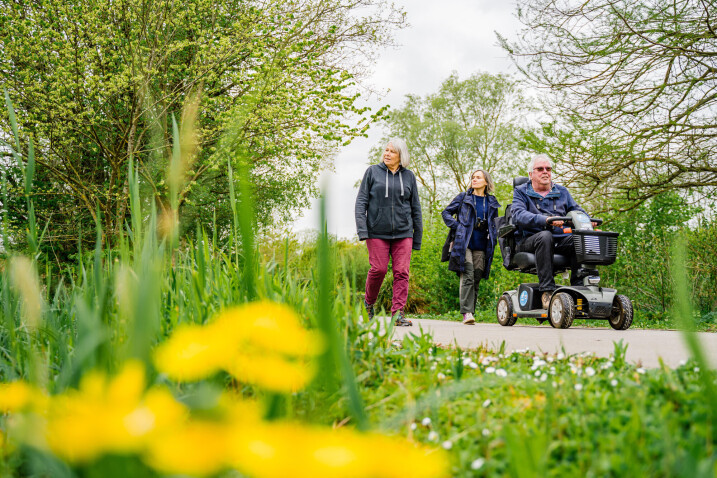Meet our new arrival - a Cape Barren gosling!
A Cape Barren chick has hatched at Slimbridge for the first time in six years.
A Cape Barren gosling has hatched at Slimbridge for the first time in six years.
We are delighted to announce the hatch of a Cape Barren gosling. This is the first time that WWT Slimbridge has successfully bred this species since 2014 and it is the first chick from this pair of geese, who will now have a lifelong pair bond.
The new arrival was exciting news for the Living Collections team at Slimbridge as they have been waiting for the pair to breed for several years. Although Cape Barren geese are classified on the IUCN red list of ‘least concern’ species, it is challenging to get a well bonded pair to breed successfully.
Simon Matthews, Living Collections Manager says;
“This is exciting news for us as it is the first time this pair have bred and we are thrilled the female has changed her mind after several years of being unsure about this male! It’s brilliant that they have decided to form a bond and that they feel comfortable enough to breed.”
The Cape Barren goose is a large goose resident in southern Australia. The species is named because of Cape Barren Island, where species were first sighted by European explorers. The birds have a deep, pig-like grunt and therefore have the informal name ‘pig goose’. These bulky geese are almost all grey with pink and black feet, the chick is strongly patterned black and white like a humbug.
The geese have feisty personalities and therefore live in partnerships rather than flocks.
WWT’s living collection team has a history of breeding rare and threatened species. In doing so they have produced and contributed to best practice guidelines, which assists conservationists to save species.
Visitors can see the Cape Barren pair and their new gosling near the Geese of the World exhibit and Puddleduck Corner.
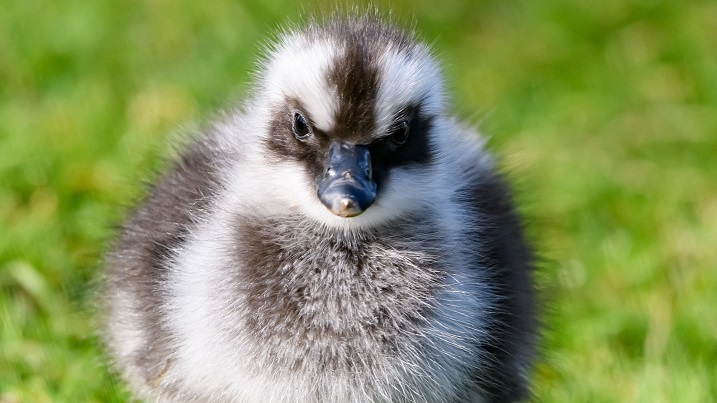
Photo credit: Colin Rayner
